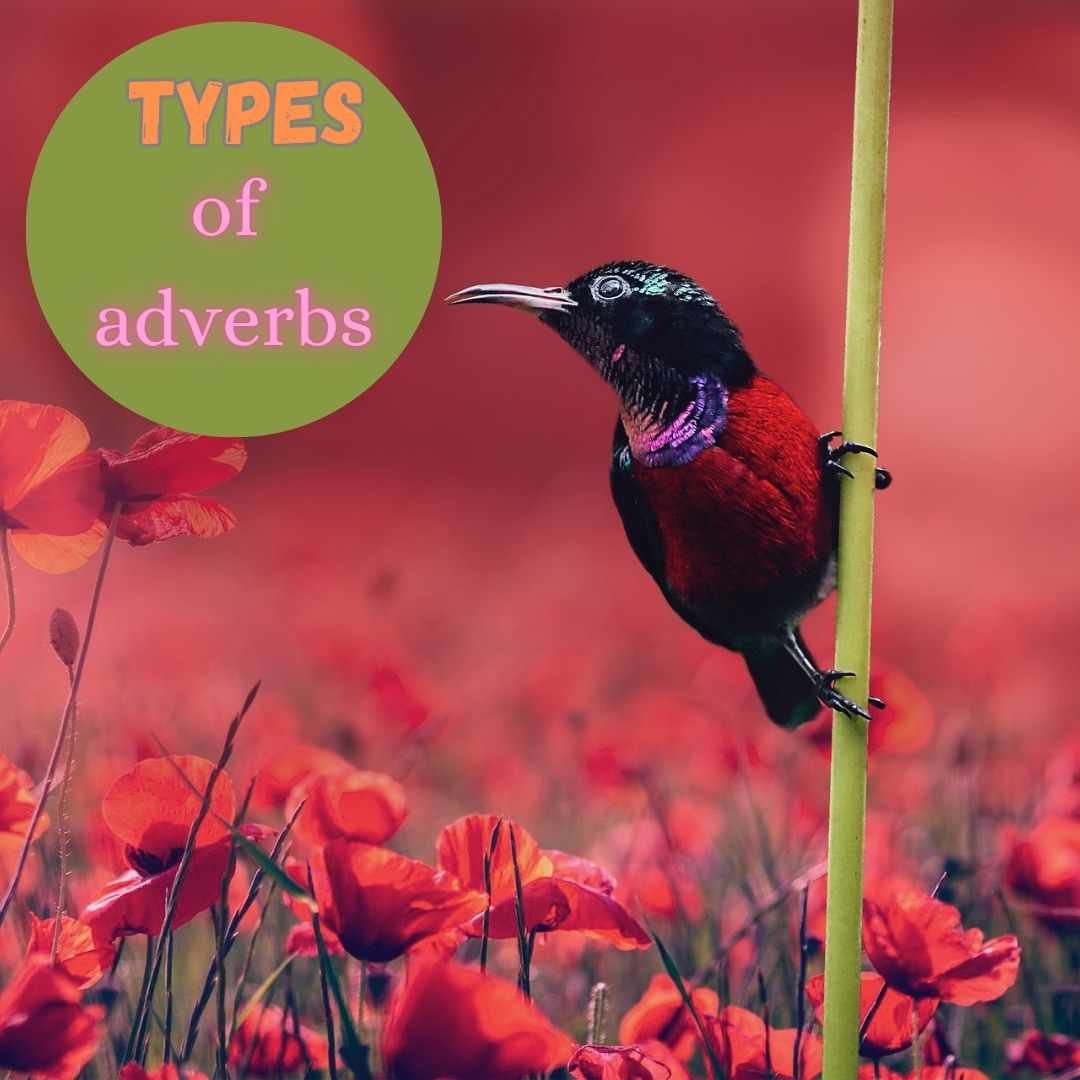Tag: adverbs

The Degrees of Comparison of Adverbs
Positive degree: The simple form of the adverb without any comparison. Example: She runs fast. Comparative degree: Used to compare two actions, showing a higher or lower degree of the adverb. Example: She runs faster than him. Superlative degree: Used to compare one action to all others in a group, showing the highest or lowest degree of the adverb. Example: She runs (the) fastest in the team.

The Categories of Adverbs
In linguistics, adverbs are words that modify or describe verbs, adjectives, or other adverbs, providing additional information about how, when, where, or to what extent an action or quality occurs. Adverbs can be classified into various categories, including simple adverbs and derivative adverbs.

What is an Adverb?
An adverb is a word that modifies or describes a verb, an adjective, or another adverb. Adverbs often answer questions like how, when, where, why, and to what extent. They add more information to a sentence and help to provide a clearer picture of the action or situation being described.

The Gerund-Non-Finite form of the Verb
The gerund is a non-finite verb form that functions as a noun in a sentence. It is created by adding the suffix ing to the base form of a verb. The gerund can be used as a subject, object, or complement in a sentence

Transitive and Intransitive Verbs
Transitive verbs are action verbs that require a direct object to complete their meaning. The direct object is the noun or pronoun that receives the action of the verb.Intransitive verbs, on the other hand, do not require a direct object to complete their meaning. They simply describe an action or state of being. Intransitive verbs can be followed by adverbs, prepositions, or phrases that provide additional information, but they do not take a direct object.